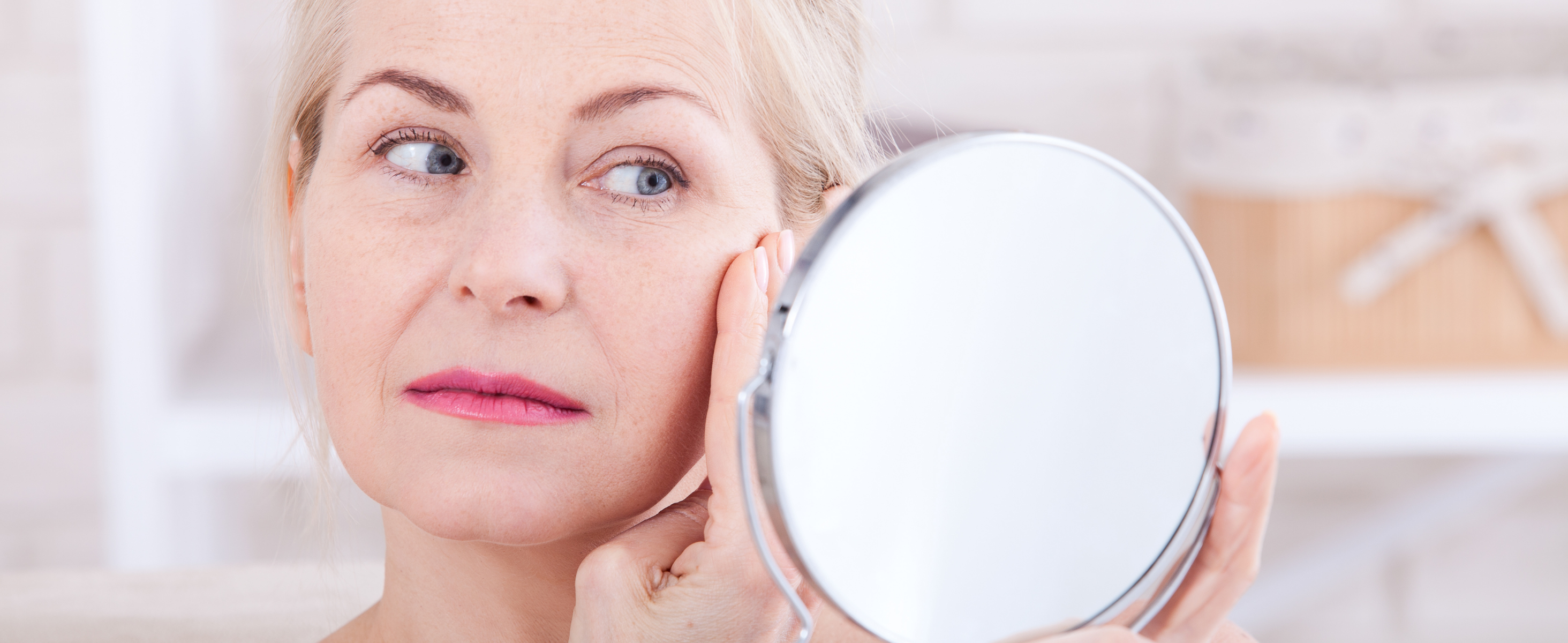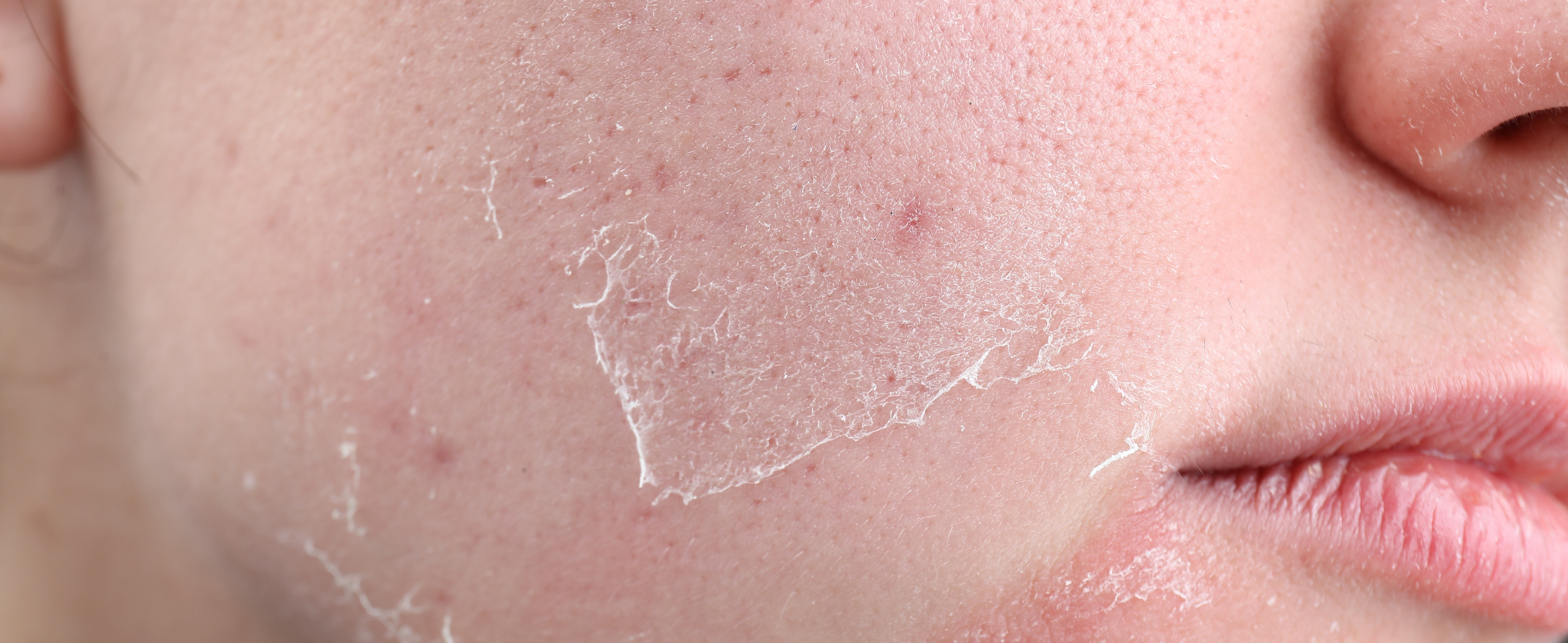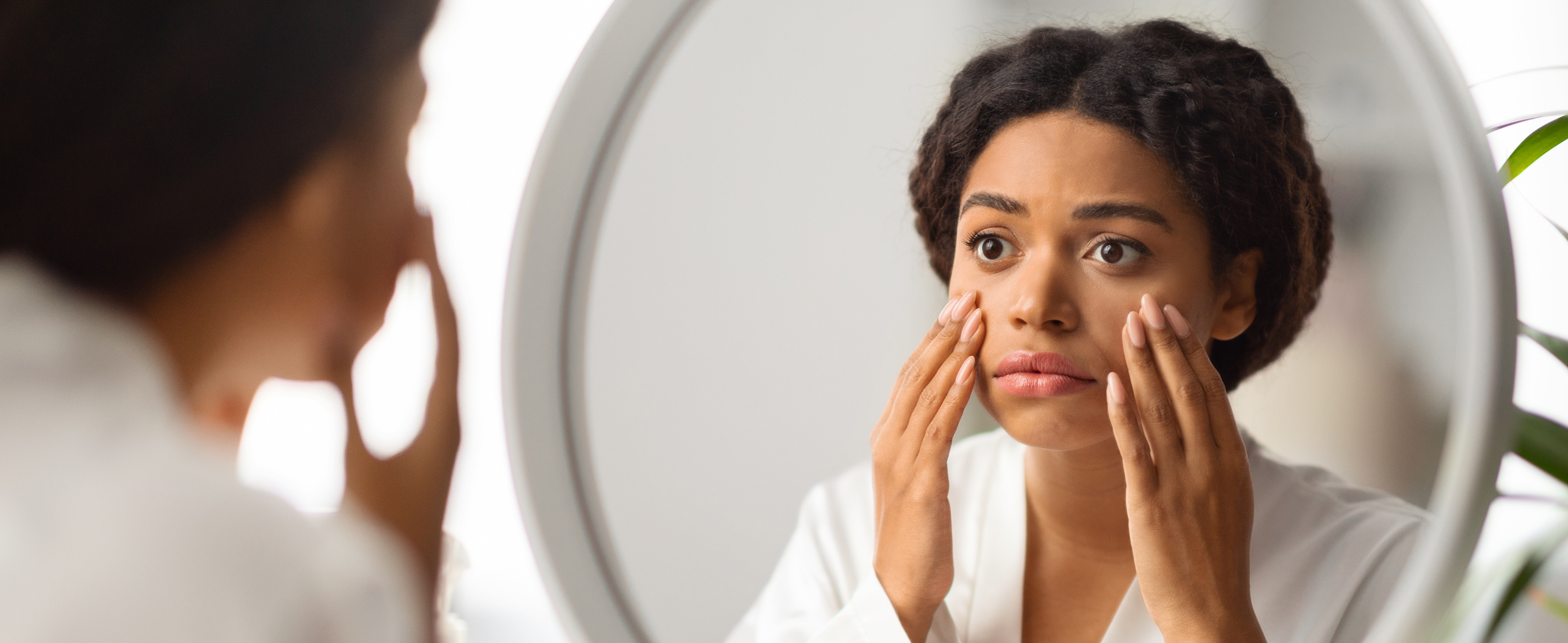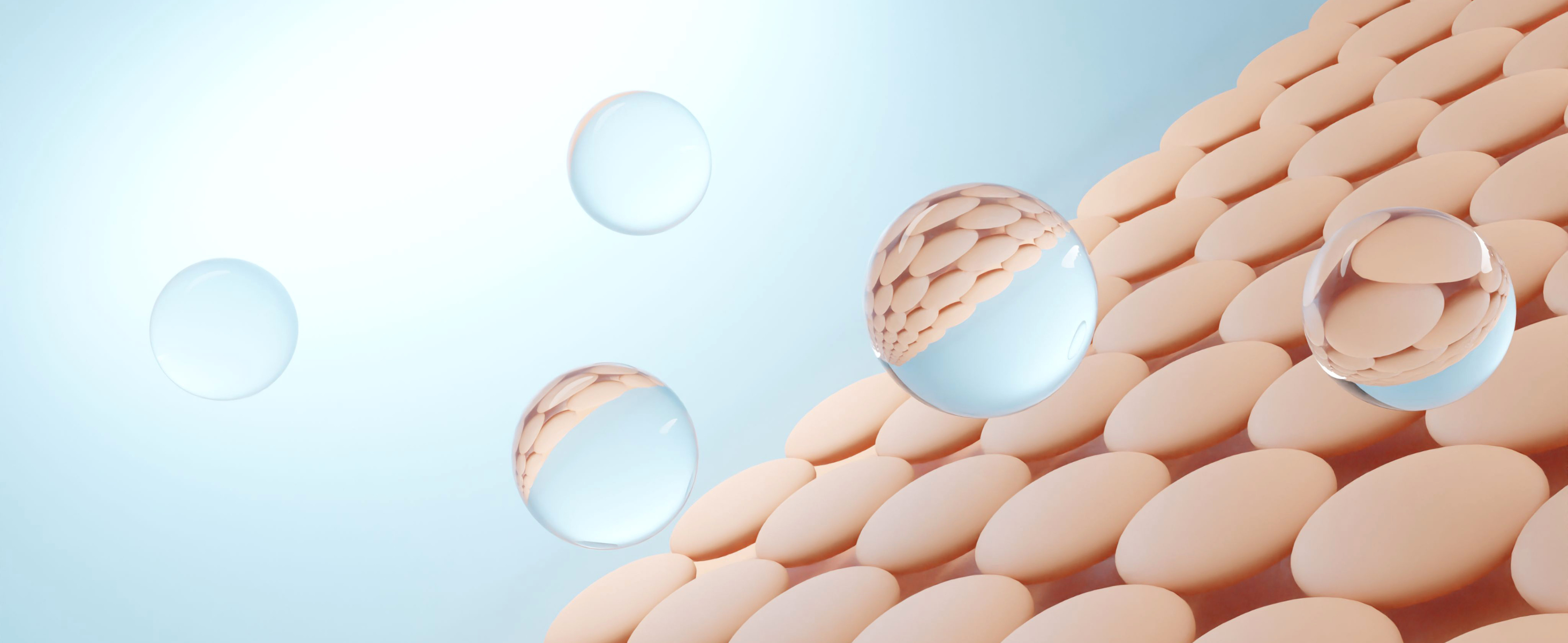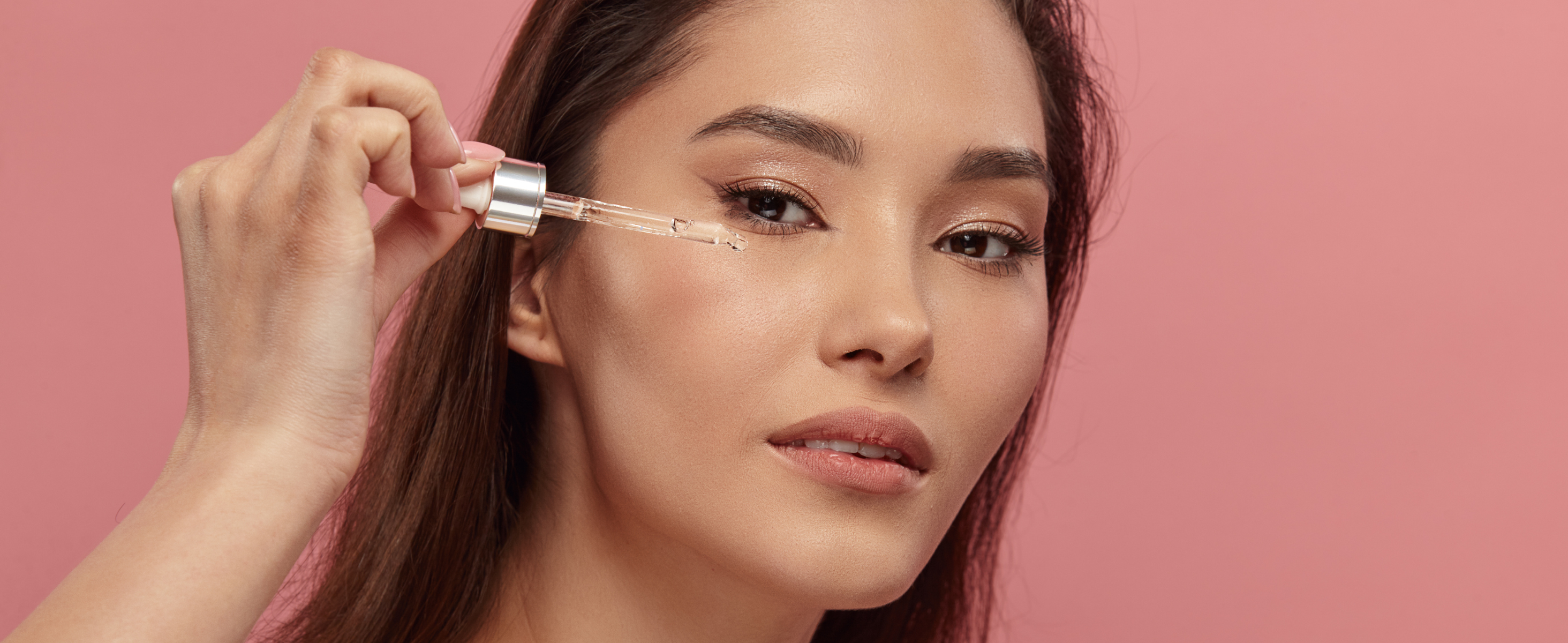Skin elasticity is what gives your skin that youthful, bouncy, and firm appearance. It allows your skin to snap back after stretching or facial expressions. But over time—and often sooner than we’d like—many people begin to notice sagging, fine lines, or a lack of firmness, especially around the eyes, mouth, and jawline.
So, what causes the loss of skin elasticity, and more importantly, what can you do about it? Keep reading to understand the science behind skin aging and discover practical ways to restore firmness and vitality to your skin.
What Is Skin Elasticity?
Skin elasticity refers to your skin's ability to stretch and return to its original shape. It's largely driven by elastin and collagen, two essential proteins in the skin’s connective tissues. Elastin helps the skin stretch, while collagen provides structure and strength.
When these proteins degrade—due to age, sun exposure, or lifestyle choices—your skin loses its ability to stay tight and firm, leading to sagging, wrinkles, and a “looser” texture.
Why Your Skin May Be Losing Elasticity
1. Natural Aging
As we age, our body produces less collagen and elastin. Starting in your mid-20s, collagen production declines by about 1% per year. By your 40s or 50s, the loss becomes more noticeable as your skin no longer bounces back like it used to.
2. Sun Damage (Photoaging)
UV rays break down collagen and elastin fibers in the skin. Over time, chronic sun exposure leads to fine lines, pigmentation, and sagging skin—especially on areas frequently exposed, like the face, neck, and hands.
3. Poor Lifestyle Habits
Smoking, lack of sleep, stress, and a diet high in sugar and processed foods all accelerate the breakdown of collagen and contribute to premature aging.
4. Dehydration
When the skin lacks moisture, it appears dull, thin, and tired—making signs of aging and elasticity loss more visible.
5. Rapid Weight Loss
Losing weight too quickly can cause the skin to sag, especially if your skin doesn’t have enough collagen or if it wasn’t well cared for during the process.
How to Improve Skin Elasticity: Lifestyle + Skincare Solutions
1. Prioritize Sun Protection
UV radiation is the number one external cause of collagen breakdown. Always wear sunscreen with SPF 30 or higher, even on cloudy days. Use physical blockers like zinc oxide or titanium dioxide and don’t forget areas like your neck, chest, and hands.
2. Use Skincare Products That Stimulate Collagen and Elastin
Look for products that contain ingredients scientifically proven to support skin elasticity:
- Retinoids (Retinol or Tretinoin) – Encourage collagen production and cell turnover
- Peptides – Help stimulate new collagen and elastin
- Vitamin C – A powerful antioxidant that boosts collagen synthesis and brightens skin
- Niacinamide (Vitamin B3) – Improves skin elasticity, enhances barrier function, and reduces signs of aging
- Hyaluronic Acid – Plumps and hydrates skin, giving it a more youthful appearance
Apply these products consistently, preferably in a routine that includes a gentle cleanser, toner, serum, moisturizer, and sunscreen.
3. Eat Collagen-Boosting Foods
What you eat plays a direct role in your skin's health. Nutrients that support collagen and elastin production include:
- Vitamin C (citrus fruits, bell peppers, broccoli)
- Protein (chicken, eggs, beans)
- Zinc (pumpkin seeds, shellfish)
- Omega-3 fatty acids (salmon, flaxseed, walnuts)
- Antioxidants (berries, leafy greens)
Also, avoid excess sugar and refined carbs—they contribute to glycation, a process that damages collagen fibers.
4. Stay Hydrated
Drinking enough water helps maintain skin elasticity and keeps your skin looking plump and fresh. Aim for 6–8 glasses of water per day. You can also boost hydration through water-rich foods like cucumbers, watermelon, and oranges.
5. Try Facial Massage or Skin Tools
Regular facial massage with a jade roller, gua sha, or your fingertips improves circulation and lymphatic drainage, helping your skin appear firmer and more toned. Microcurrent tools or LED light therapy devices used at home may also help improve elasticity over time.
6. Professional Treatments
If you're looking for more intensive solutions, dermatological treatments can help:
- Microneedling – Promotes collagen and elastin production
- Laser Resurfacing – Targets deeper layers of the skin to tighten and firm
- Radiofrequency (RF) Therapy – Heats tissues to stimulate collagen synthesis
- Ultrasound Therapy (e.g., Ultherapy) – Tightens skin using focused ultrasound energy
- Injectables (e.g., Sculptra, Profhilo) – Stimulate collagen and add volume
Consult with a certified dermatologist or aesthetician to explore the best treatment for your skin needs and budget.
Final Thoughts
Losing skin elasticity is a natural part of aging, but that doesn’t mean you’re powerless. With the right lifestyle adjustments, skincare routine, and professional support, you can restore firmness and achieve radiant, resilient skin.
Remember, consistency is key. Nourish your skin from the inside out, treat it with care, and protect it daily—and your skin will reward you with a healthy, youthful glow.


